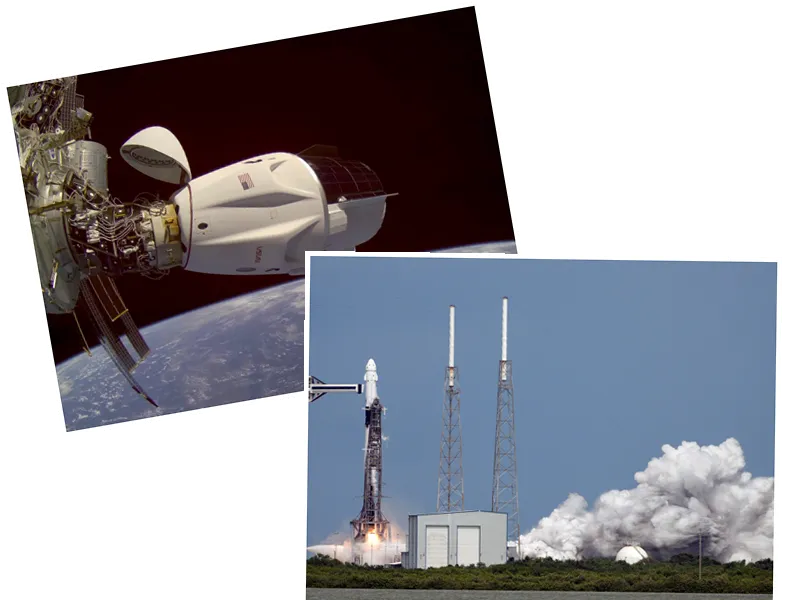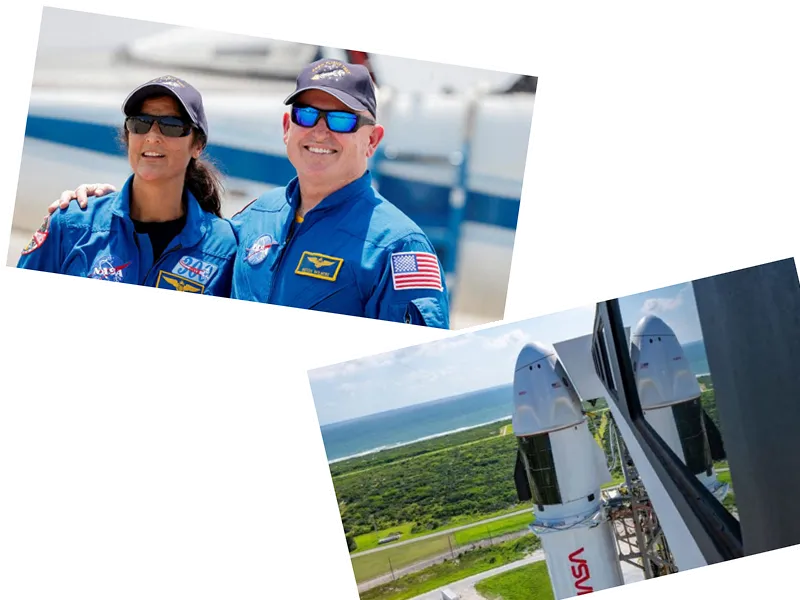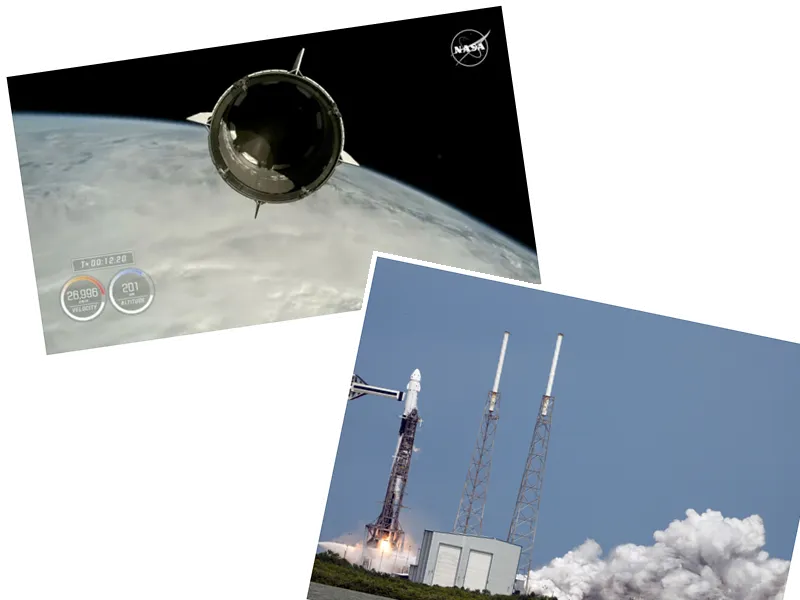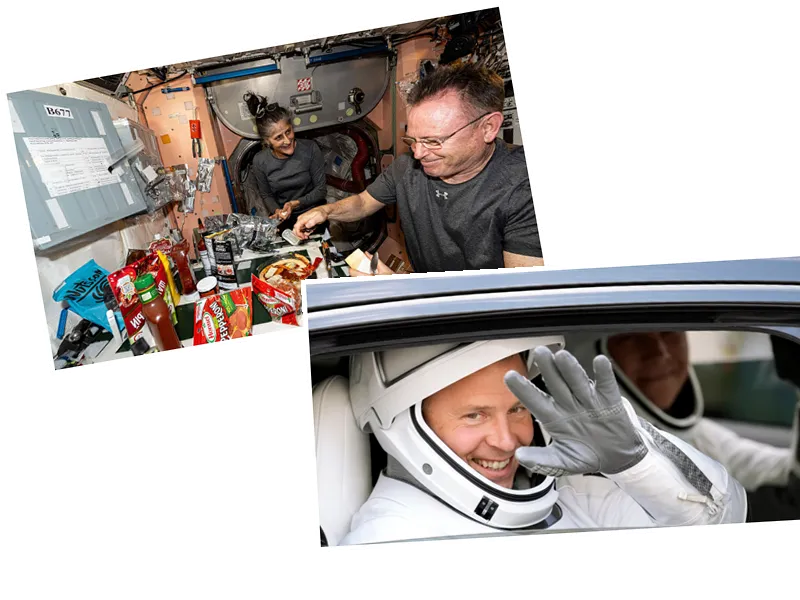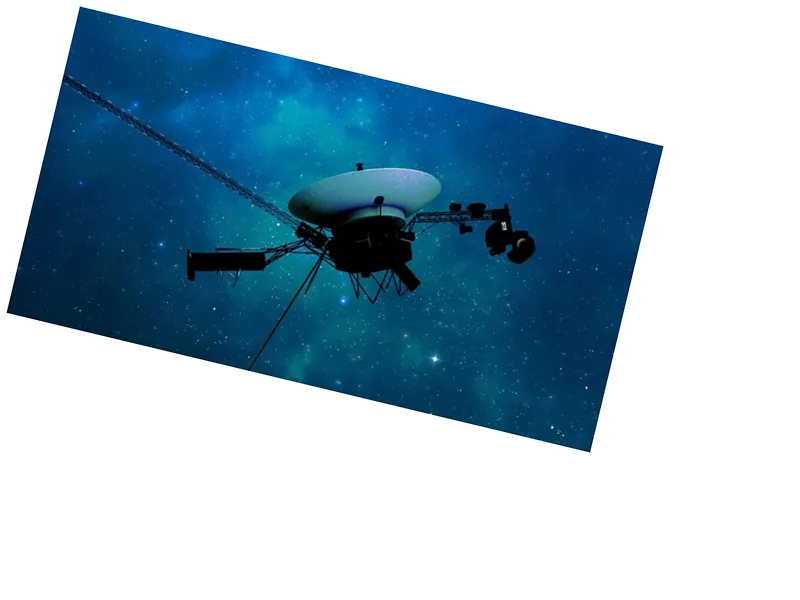NASA is set to make a crucial decision regarding the fate of astronauts Butch Wilmore and Suni Williams, who have been stranded on the International Space Station (ISS) for nearly 80 days due to issues with their Boeing Starliner spacecraft. A formal review will take place this Saturday to determine whether the Starliner is safe for their return or if they will need to be rescued by SpaceX's Crew Dragon spacecraft. Initially, the Starliner was supposed to bring them back to Earth just eight days after their launch in June, but problems with the spacecraft's propulsion system have complicated their situation.
The astronauts have experienced a series of setbacks, including thruster failures and helium leaks, which have raised concerns about the Starliner's ability to safely return them to Earth. NASA has been evaluating these issues and considering the possibility of a SpaceX mission that could extend their stay on the ISS until February 2025. If the Starliner is deemed unsafe, it will return empty, while the Crew-9 mission could be adjusted to bring Wilmore and Williams back home.
This situation underscores the challenges faced by NASA's Commercial Crew Program, which was designed to have multiple spacecraft options for crew transport. While SpaceX's Crew Dragon has successfully completed numerous missions, Boeing's Starliner has encountered significant delays and technical issues since its inception. As NASA prepares for its review, the space agency's future plans for crewed space travel hang in the balance.
- NASA's decision will be pivotal not only for the two astronauts but also for Boeing's future in the commercial spaceflight sector. The Starliner program has faced numerous challenges, including budget overruns and delays, leading to increased scrutiny from NASA. The agency's ability to certify the Starliner for human spaceflight is contingent upon the successful resolution of these issues.
- The Crew-9 mission, originally scheduled to transport four astronauts, may be reconfigured to accommodate Wilmore and Williams, effectively integrating them into an ongoing mission. This potential adjustment reflects NASA's commitment to ensuring astronaut safety while maximizing the use of available spacecraft.
- As the space industry evolves, the collaboration between NASA, Boeing, and SpaceX highlights the importance of redundancy in space travel. The ability to utilize multiple spacecraft for crew transport is a strategic advantage that enhances safety and reliability in missions to the ISS and beyond.

